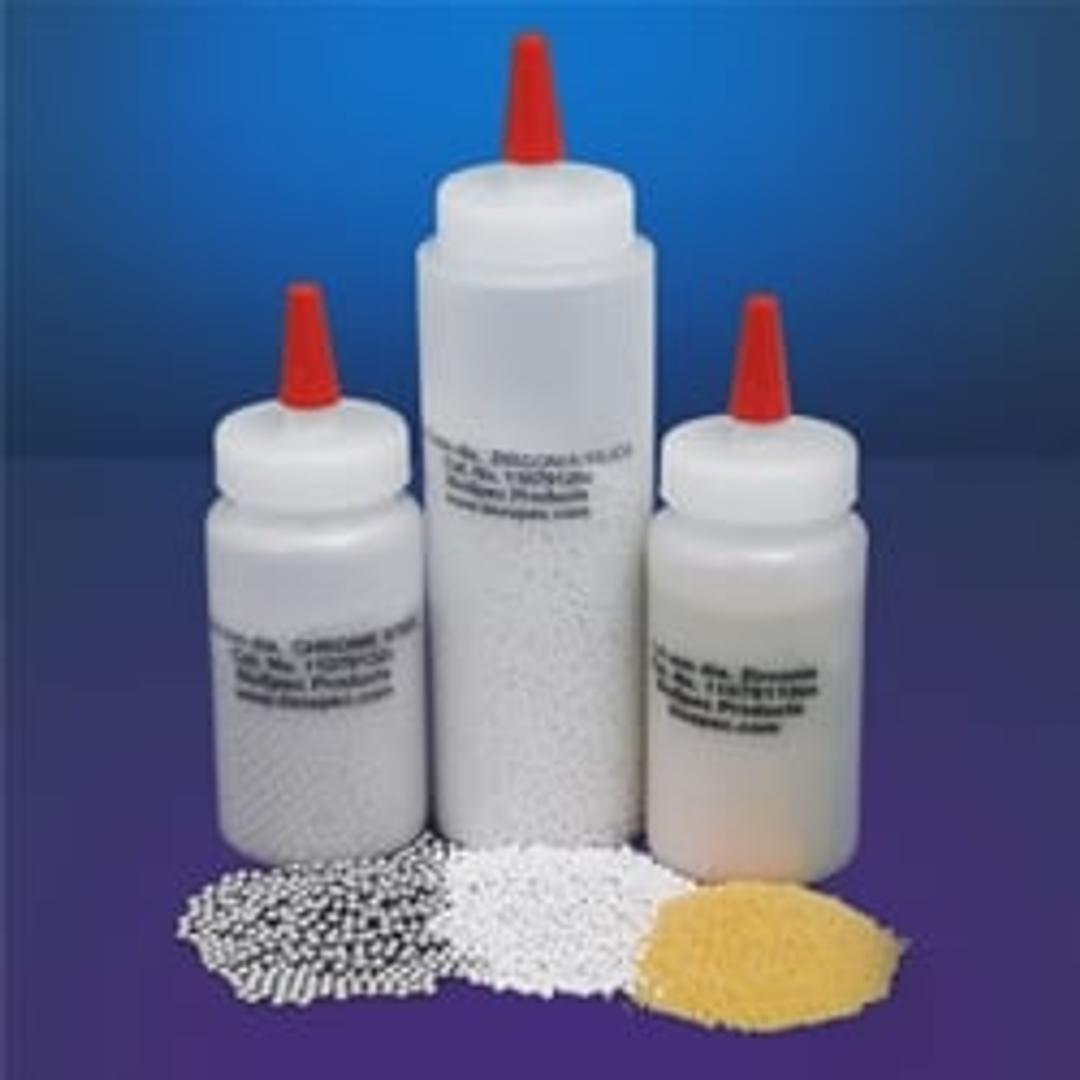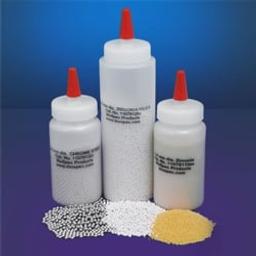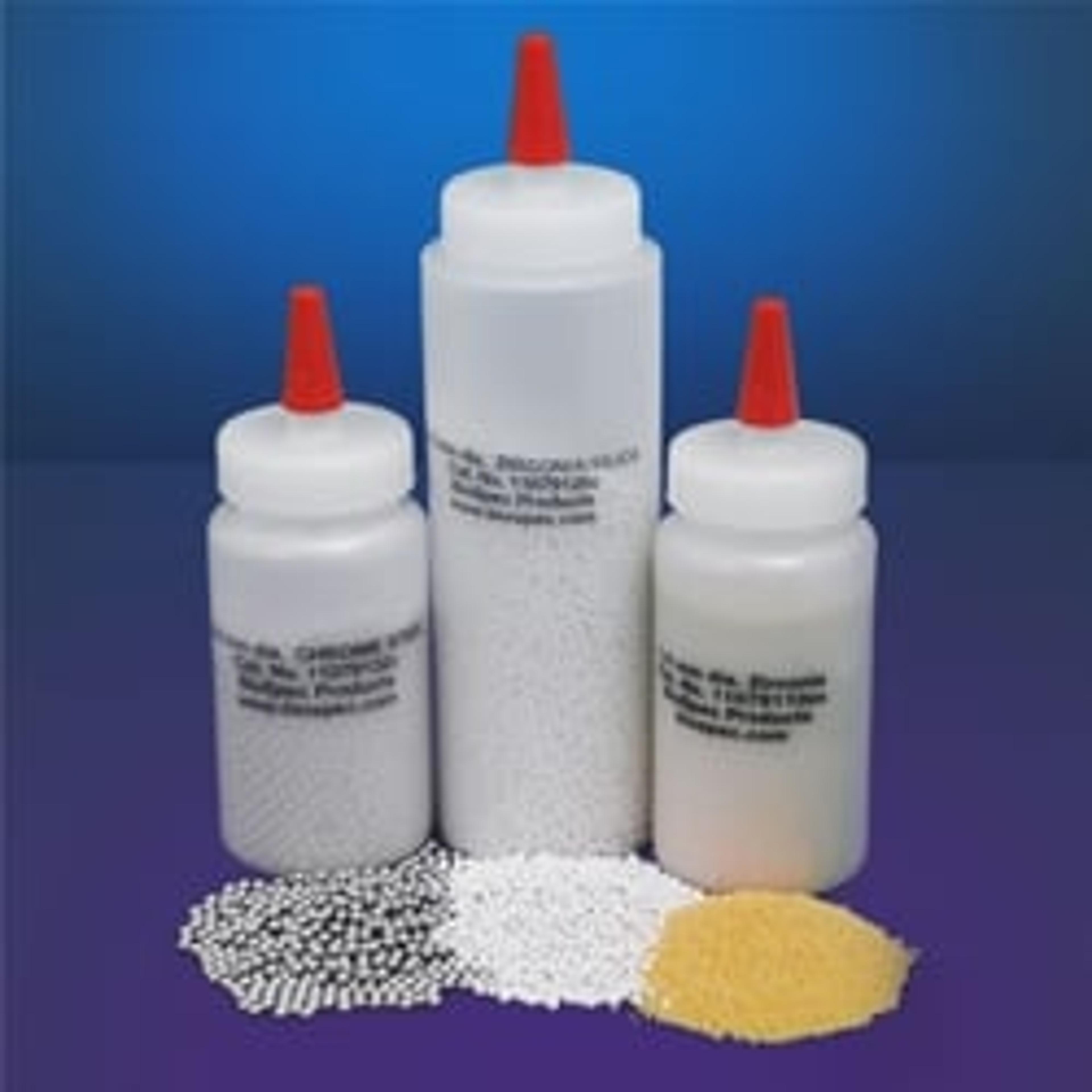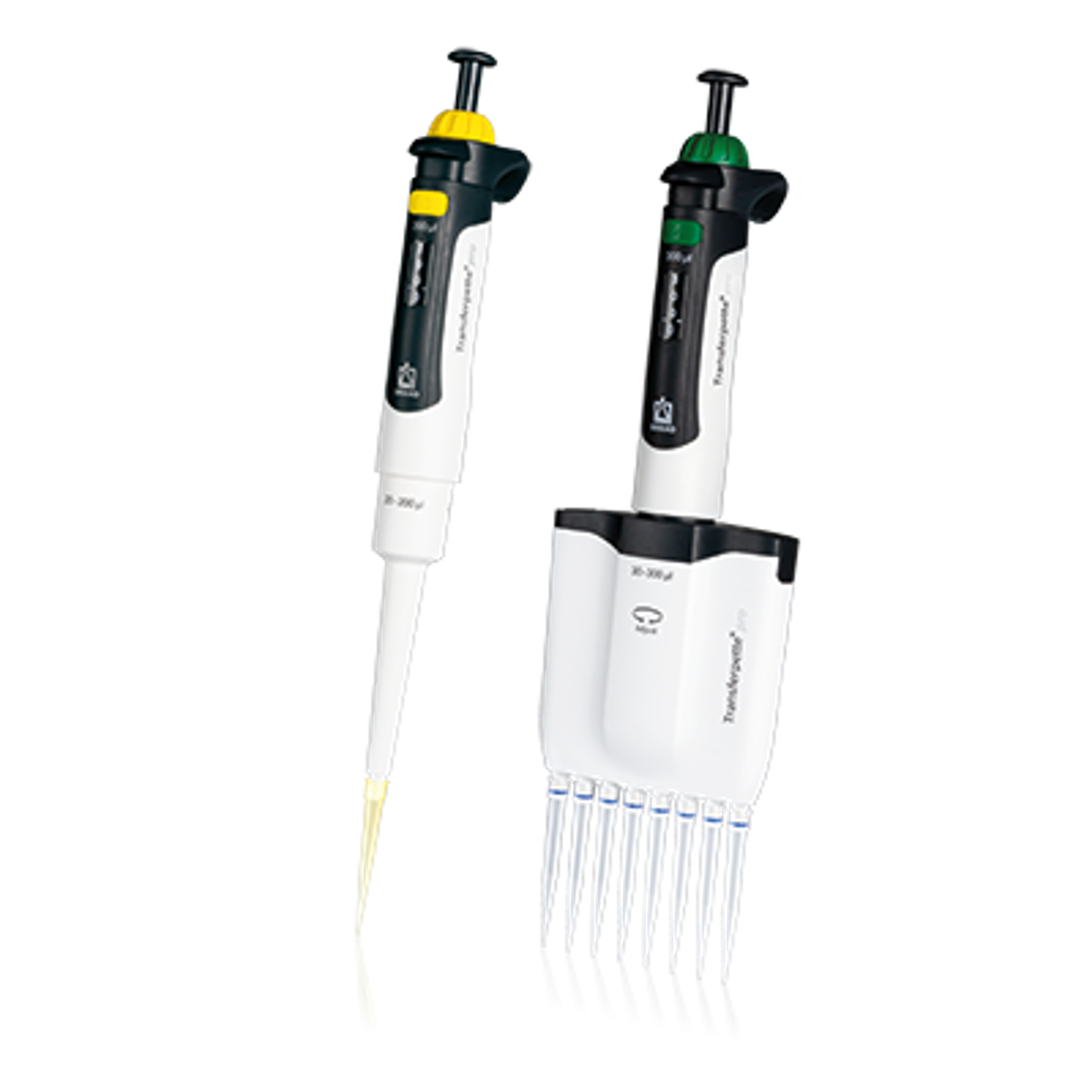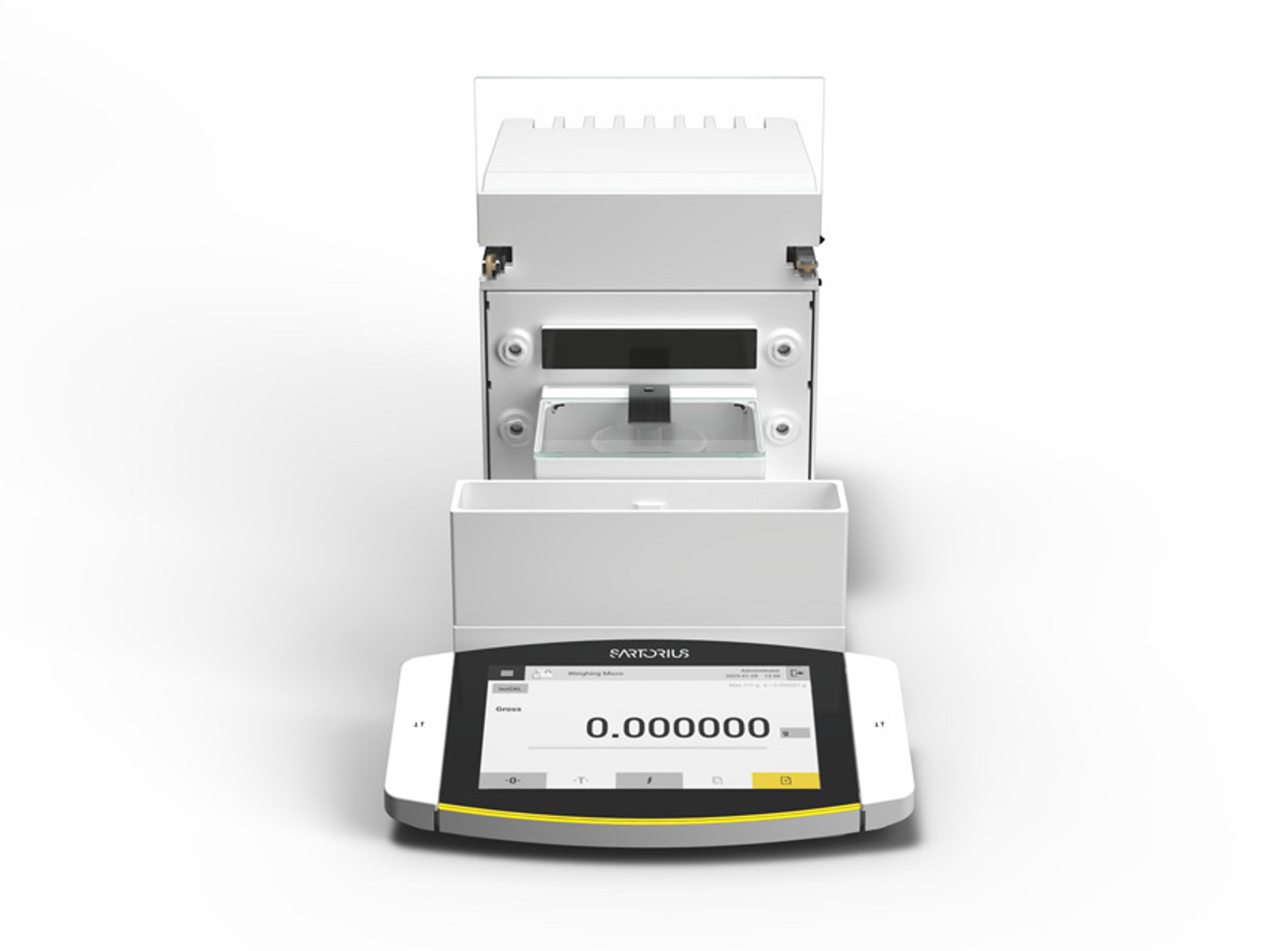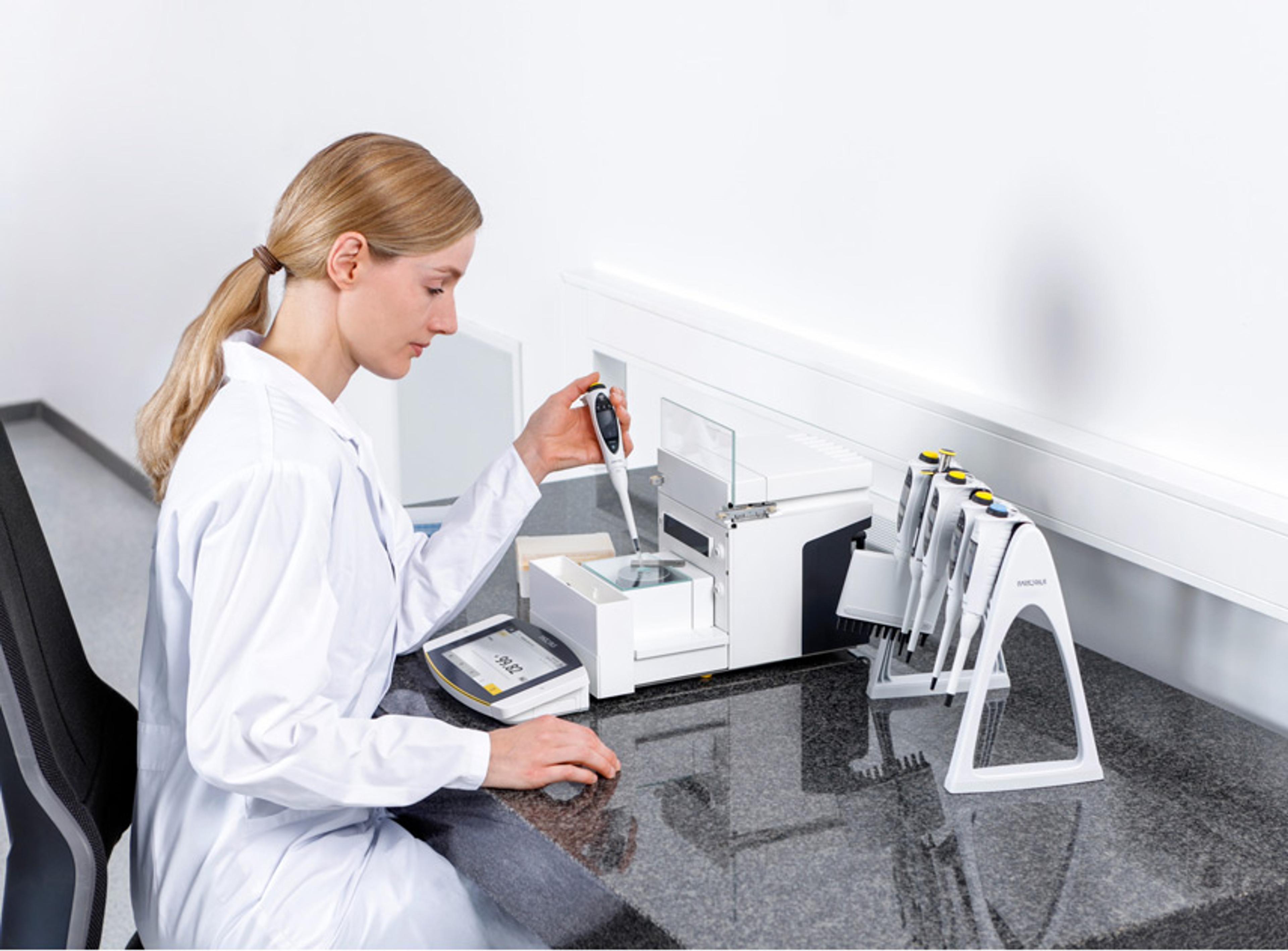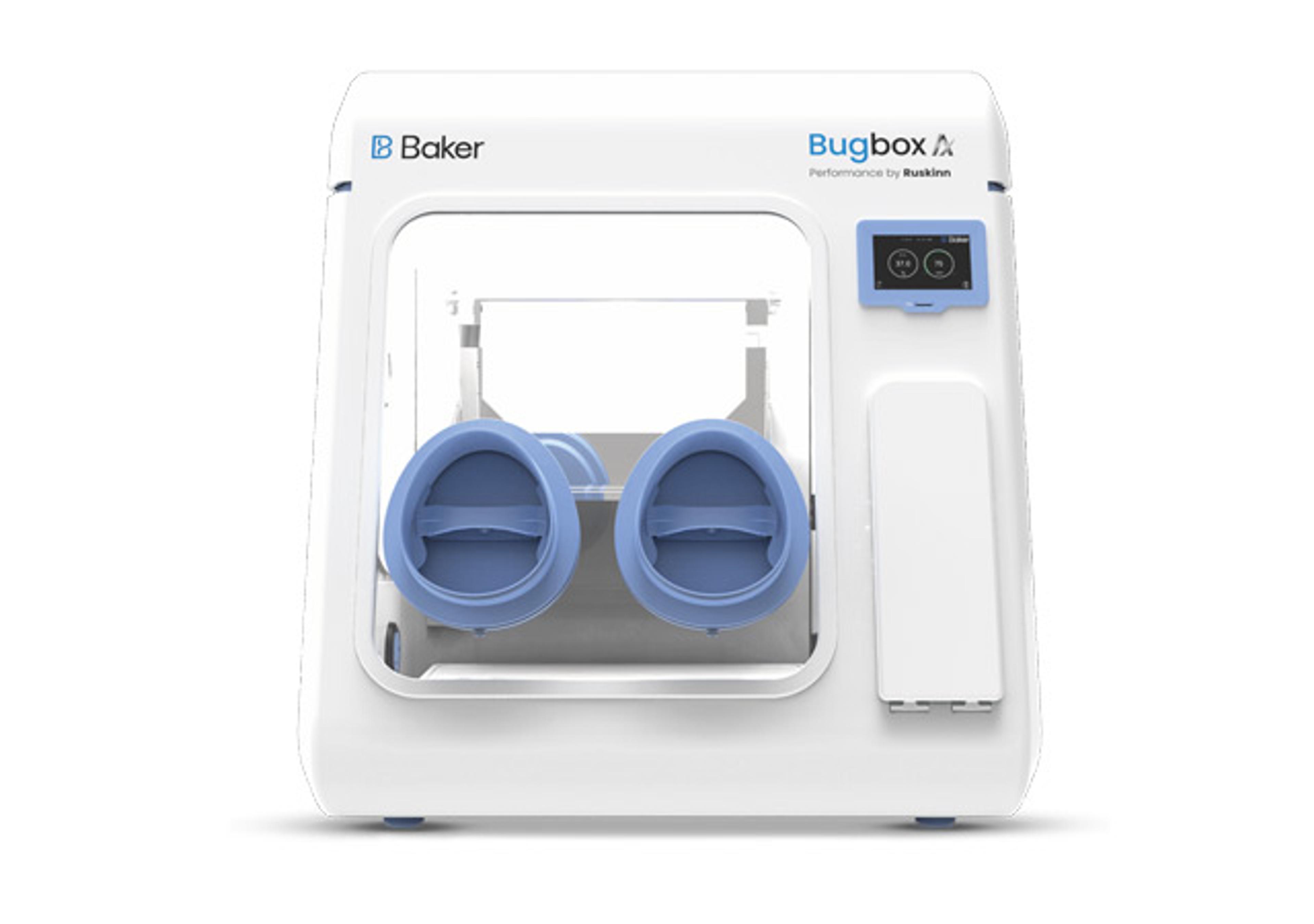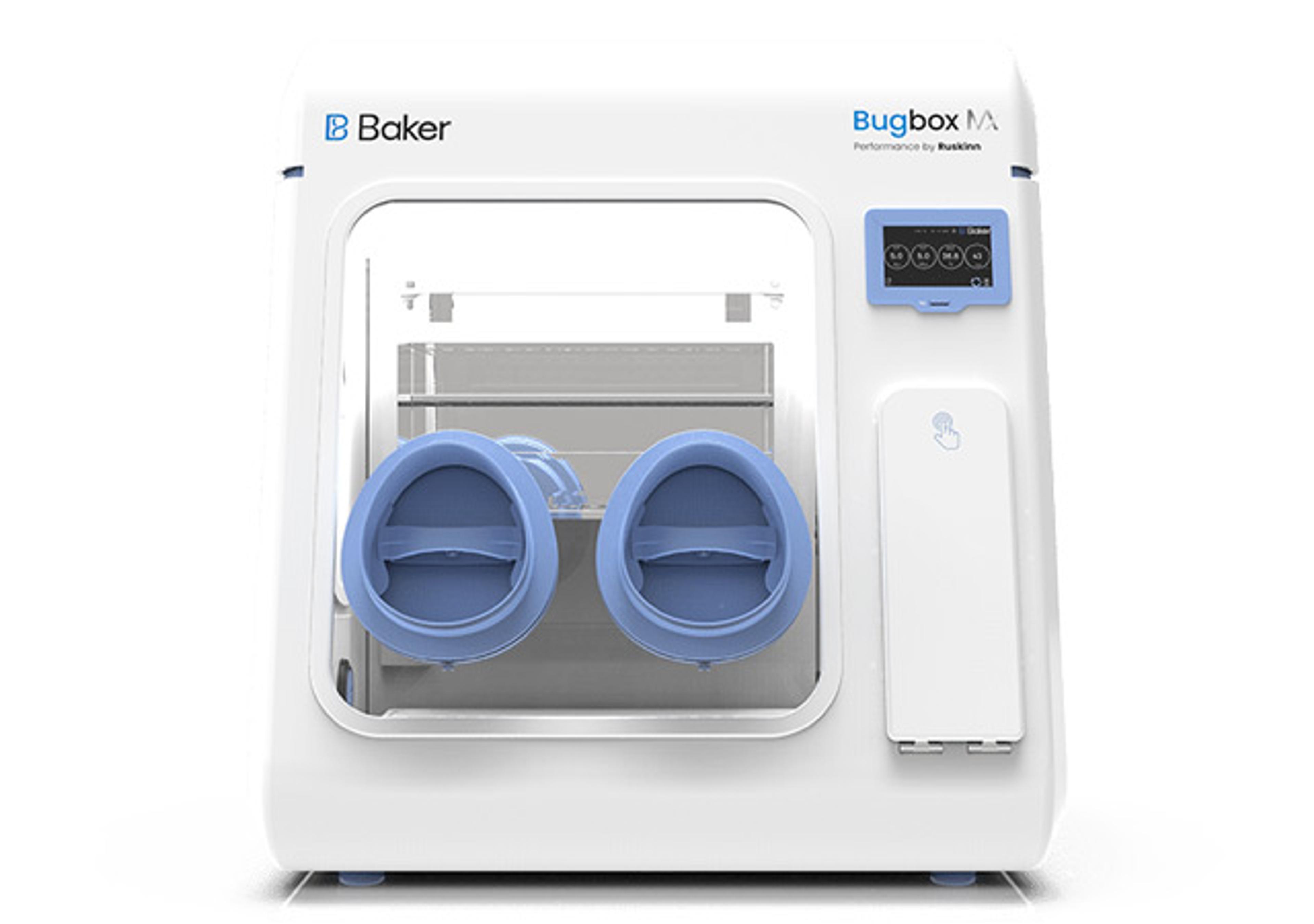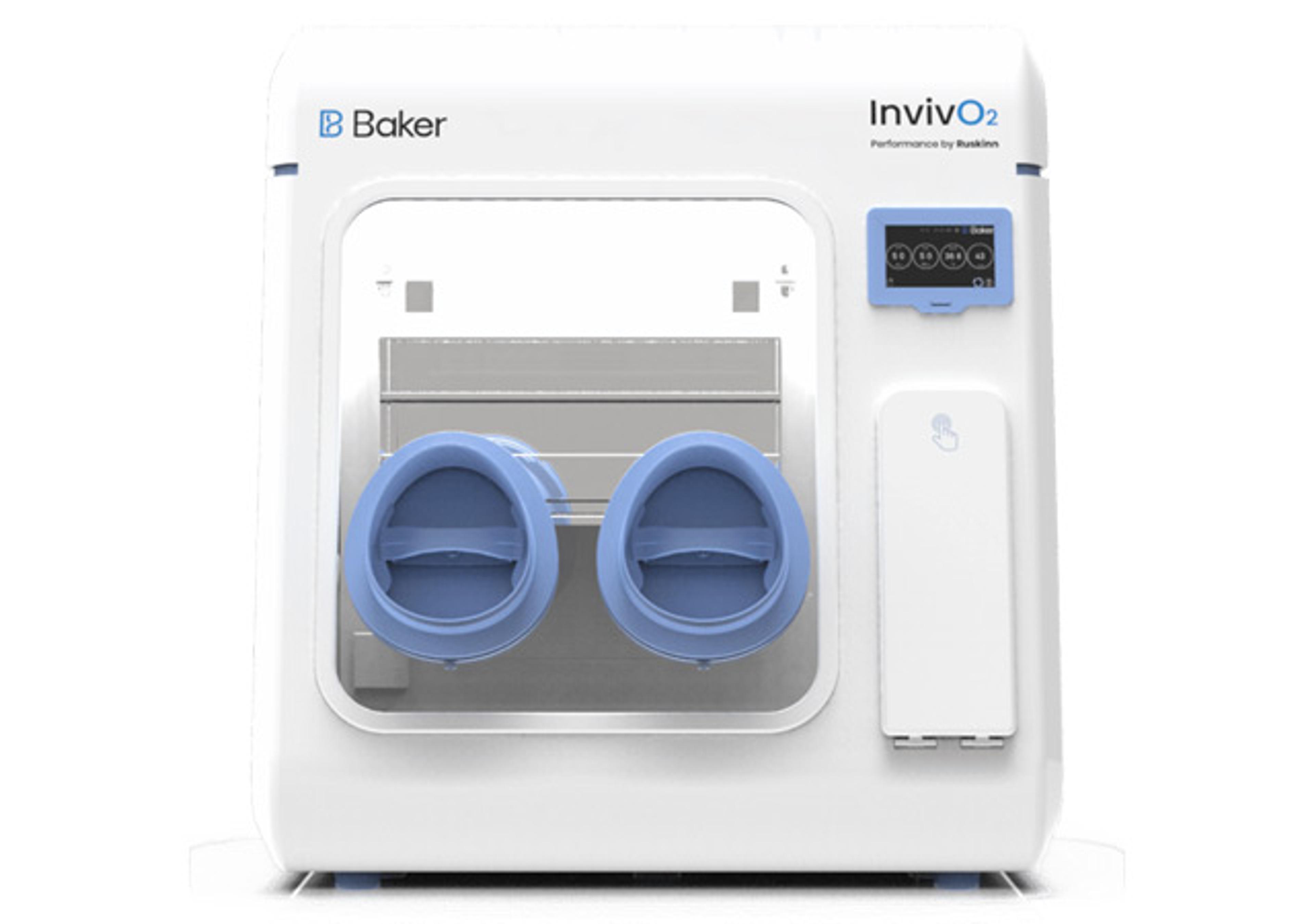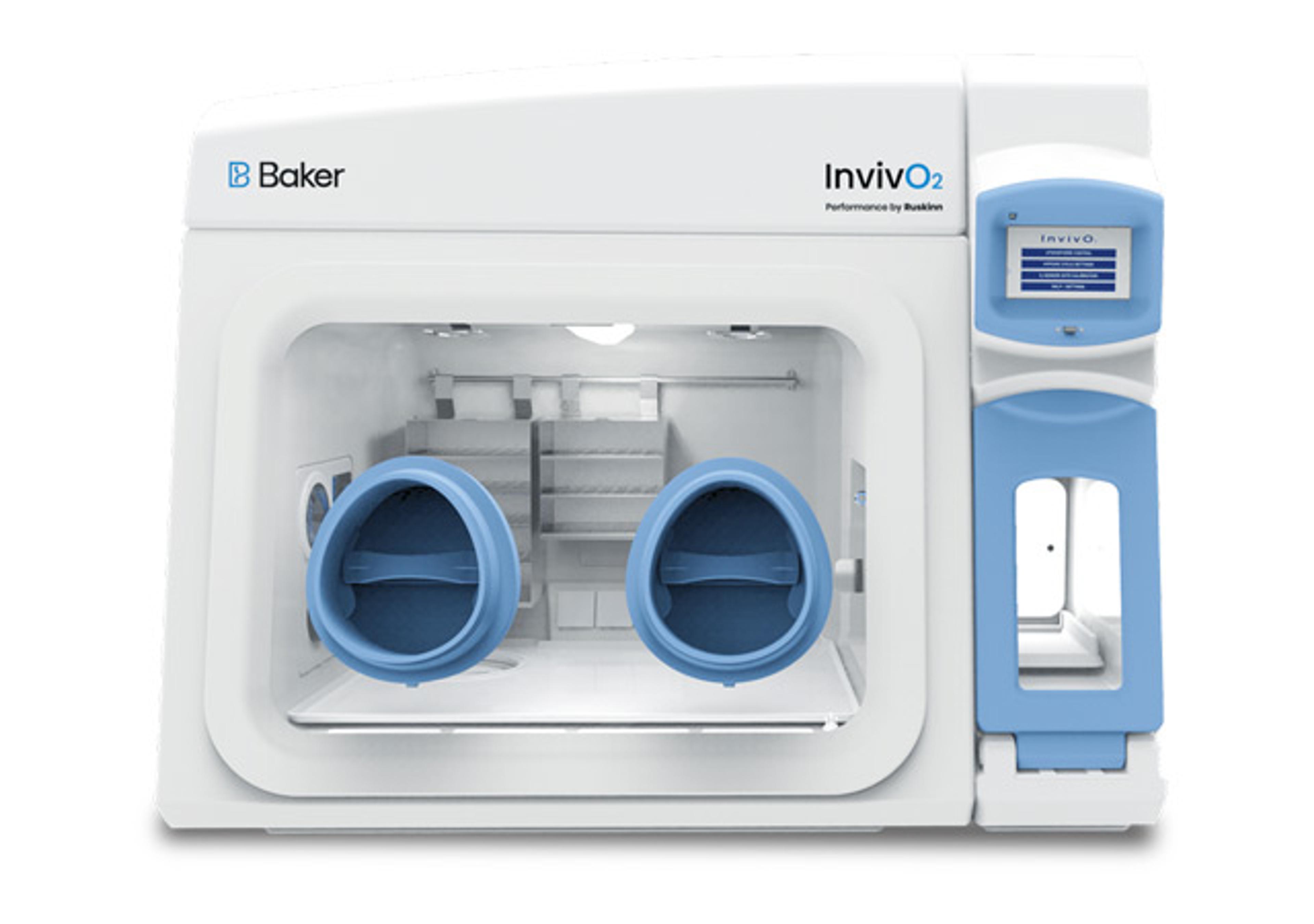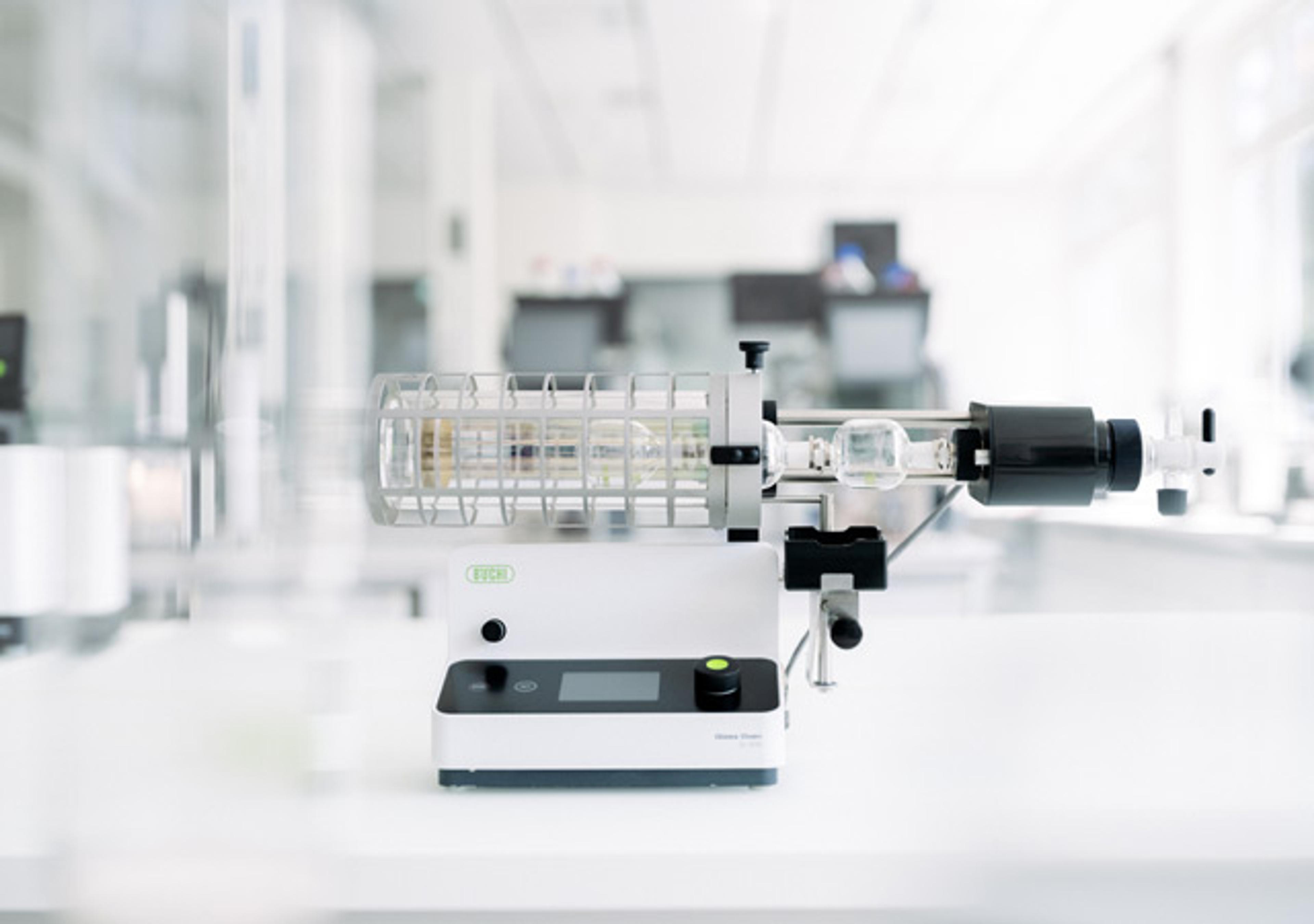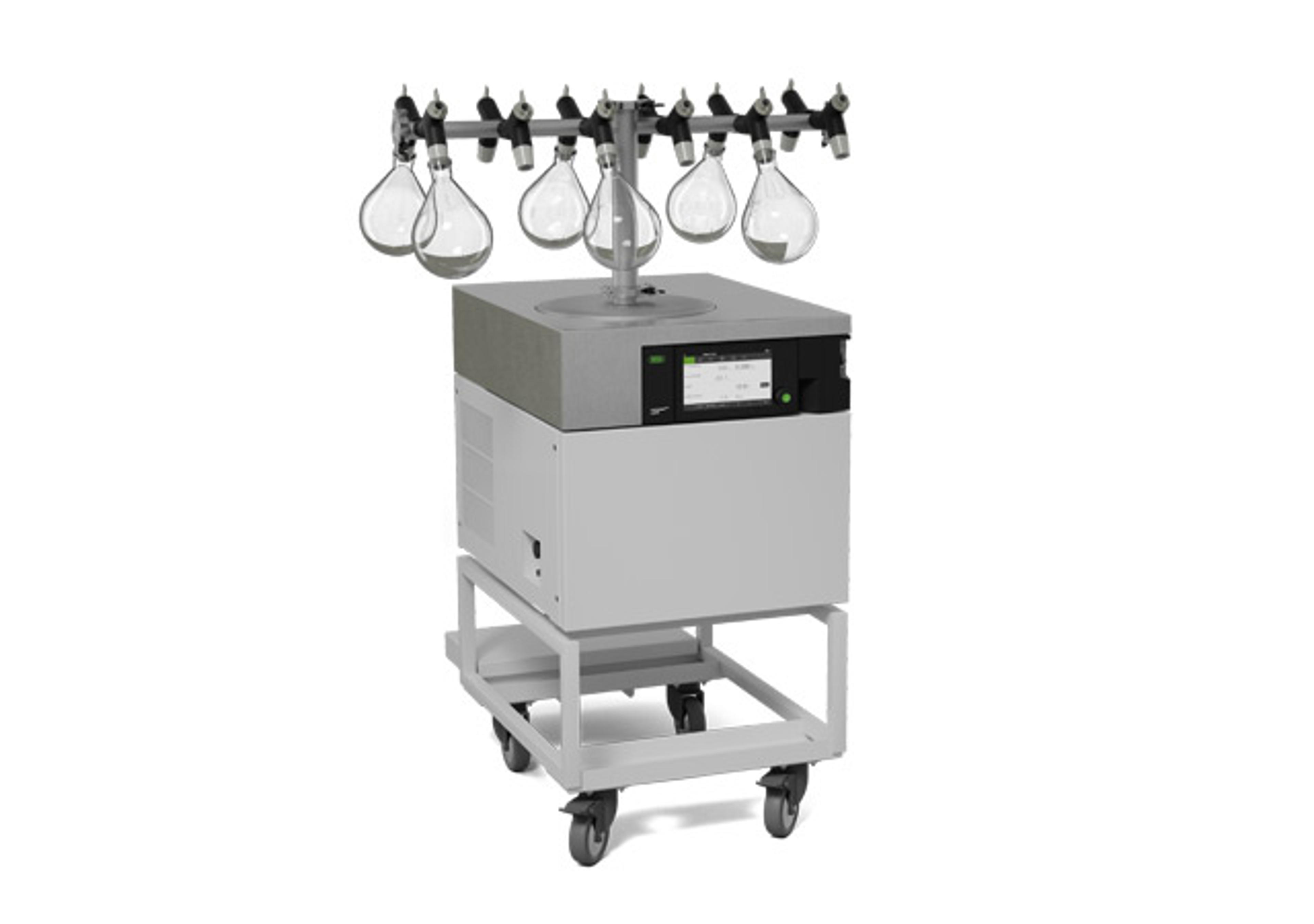Lysis Beads
BioSpec Lysis Beads come in a variety of materials, sizes, and durability to dry grind or wet mill various types of samples. See detailed description for specific bead recommendations. Materials: Chrome-Steel, Stainless-Steel, Glass, Zirconia-Silica, Zirconia, Garnet, and Tungsten Carbide.

The supplier does not provide quotations for this product through SelectScience. You can search for similar products in our Product Directory.
Once you have selected the appropriate beadbeater for your application, you must turn your attention to bead selection. Choosing the right bead for your application is a critical step in efficiently obtaining high yields from your precious samples. BioSpec Products offers a wide range of different bead types and sizes as well as an extensive amount of information to aid in your selection.
Size
- When wet bead milling Bacteria use the 0.1mm diameter glass beads.
- When wet bead milling Yeast/Fungi use the 0.5mm diameter glass beads or zirconia/silica beads.
- When wet bead milling Soft Tissue (e.g, liver, brain, muscle) use 1.0mm diameter glass beads or zirconia/silica beads. When wet beadmilling milling tissue, a sample size over a few tens of milligrams should first be prechopped into pieces less than 1 mm in cross section before beadbeating in initiated.
- When wet milling Connective tissue, Skin or 'non-woody" Plant material use a 2.0mm diameter zirconia beads.
- When working with especially tough or fibrous tissue use the same sized beads suggested above but choose a more dense bead material. For example, use 0.1mm zirconia-silica beads for disruption of spores or three 2.3 mm chrome-steel beads for extraction of tough fibrous plant material like monocotyledon leaves.
The MiniBeadbeater can be used in a 'dry grinding' mode - either at ambient or at liquid nitrogen temperatures. For example, a single seed can be pulverized into a fine powder in 30 seconds using three 3.2 mm diameter or one 6.3 mm diameter chrome steel bead in the vial. Hair can be powdered at liq N2 temperatures using similiar sized steel beads. Dry grinding with steel beads requires vials made of special, extra-durable polypropylene (see XXTuff microvials) or stainless steel.
How many beads are in a one pound bottle?
Chrome-steel Beads:
- 6.23 mm diameter ~430
- 3.2 mm diameter ~3300
- 2.3 mm diameter ~7900
Glass Beads: Multiply by 3.2; Zirconia-Silica Beads: Multiply by 2.1; Zirconia Beads: Multiply by 1.4
TECH ADVICE re. Bead Combinations: Some vendors sell pre-filled microvials containing suposedly unique combinations of different sizes and types of beads in the same vial. This is mostly marketing hype. Comparative documentation is not available to back up claims of uniqueness or enhanced performance. With few exceptions, measurable improvements in cell lysis derived from "magic" bead combinations are marginal. Save money by adhering to the guidelines above and loading vials yourself...a process that takes less than a couple of seconds per vial. Some Do-It-Yourself bead loaders are described here. And, if you need to load hundreds of microvials or micro-plate wells, check out our stable of Commercial Bead Loaders. If you would rather have somebody else do the bead loading for you, BioSpec can do that for you. Contact us for a quote.
Density
- Glass has a density of 2.5 g/cc (most commonly used bead media for 'Beadbeating')
- Zirconia/Silica has a density of 3.7g/cc (50% more dense than glass - good for spores and most tissues)
- Silicon Carbide (sharp particle, not a bead) has a density of 3.2 g/cc (May work faster on tough tissue samples because the particles have sharp cutting edges. Their utility is still under investigation, but see Brein's comments below)
- Garnet (an iron-aluminum silicate, sharp particle) has a density of 4.1 g/cc. Like SiC particles, it may accelerate lysis of tough tissue due to its sharp edges. However, garnet particles are easily fragmented during beadbeating. Facile separation of the final grinding media from the homogenate can be problematic. Nevertheless, this very fragmentation during beadbeating may be useful when homogenizing tissue, fecal or soil samples containing bacteria because you end up with a useful size mix of grinding media that can both rapidly disperse the sample and also disrupt microorganisms. For this specialized application, start off with the vial containing 1 or 2 mm sized grinding particles.
- Zirconia has a density of 5.5g/cc (100% more dense than glass - good for tough tissue). Chemically inert and resistant to fragmentation.
- Chrome-Steel and Stainless Steel has a density of 7.9g/cc . Used mostly for dry-grinding leaves and seeds. Only 1-3 steel beads are added to the microvial. Relative to chrome-steel, stainless steel beads are expensive - but reusable. In most cases, chrome-steel beads are a recommended substitute for s.s. beads. They are 10X cheaper...indeed, cheap enough to be "disposible".
The Advantage: No cleaning or cross-contamination concerns when processing multiple samples. One Caution: When using chrome-steel beads in an aqueous media, get them out of the lysate promptly to avoid rust contamination. A small rare-earth magnet makes that chore easy. Ask for one when ordering a bottle of chrome-steel beads. Tungsten Carbide has a density of 14.9 g/cc. While very dense, this bead is generally not used for biopreps because it leaves prep "dirty". A hard centrigugation will clarify the homogneate but that is time consuming and other media usually do just as a good a job.

